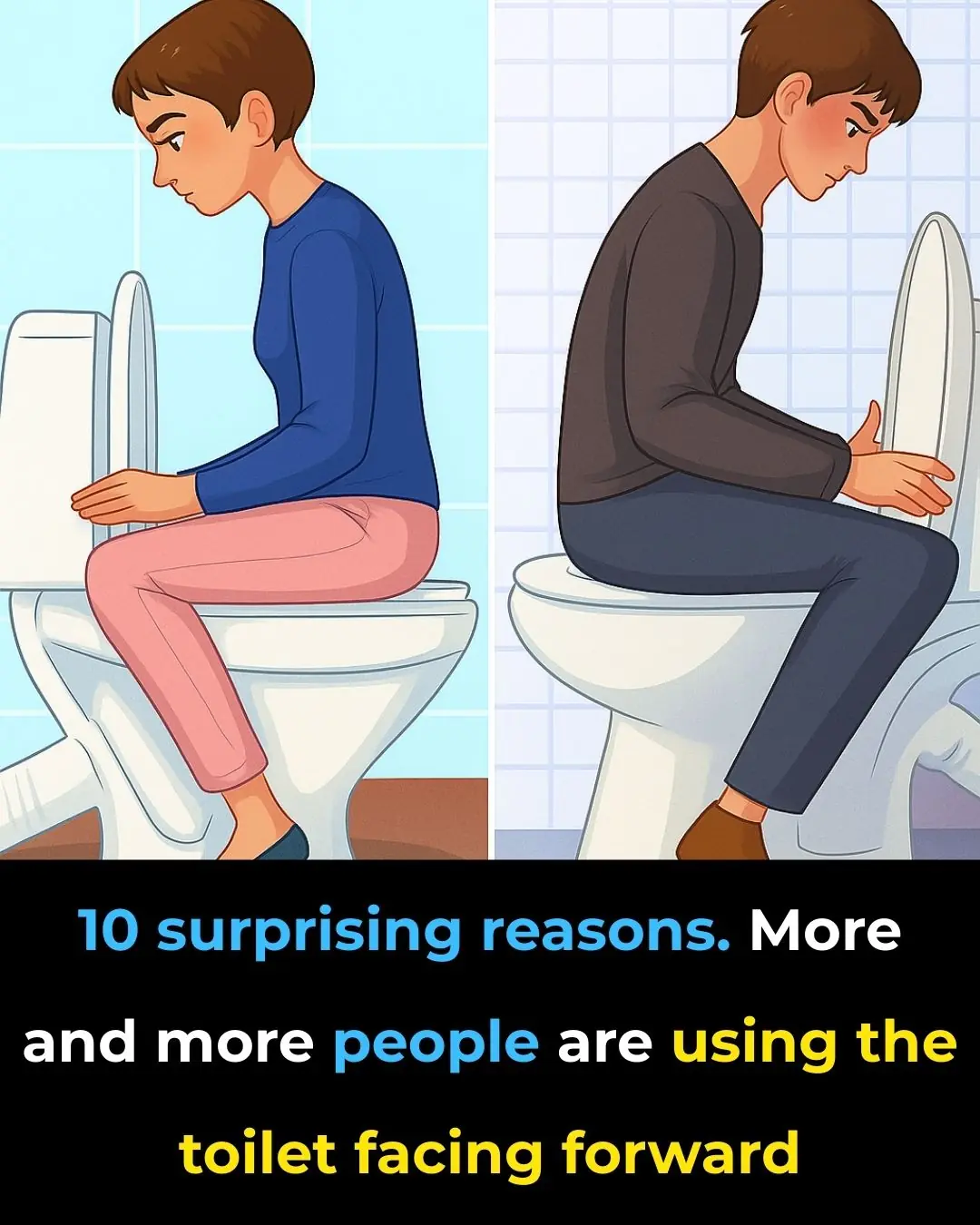
Scientists Say That The Brain Senses Emotions In Others Without You Even Knowing It
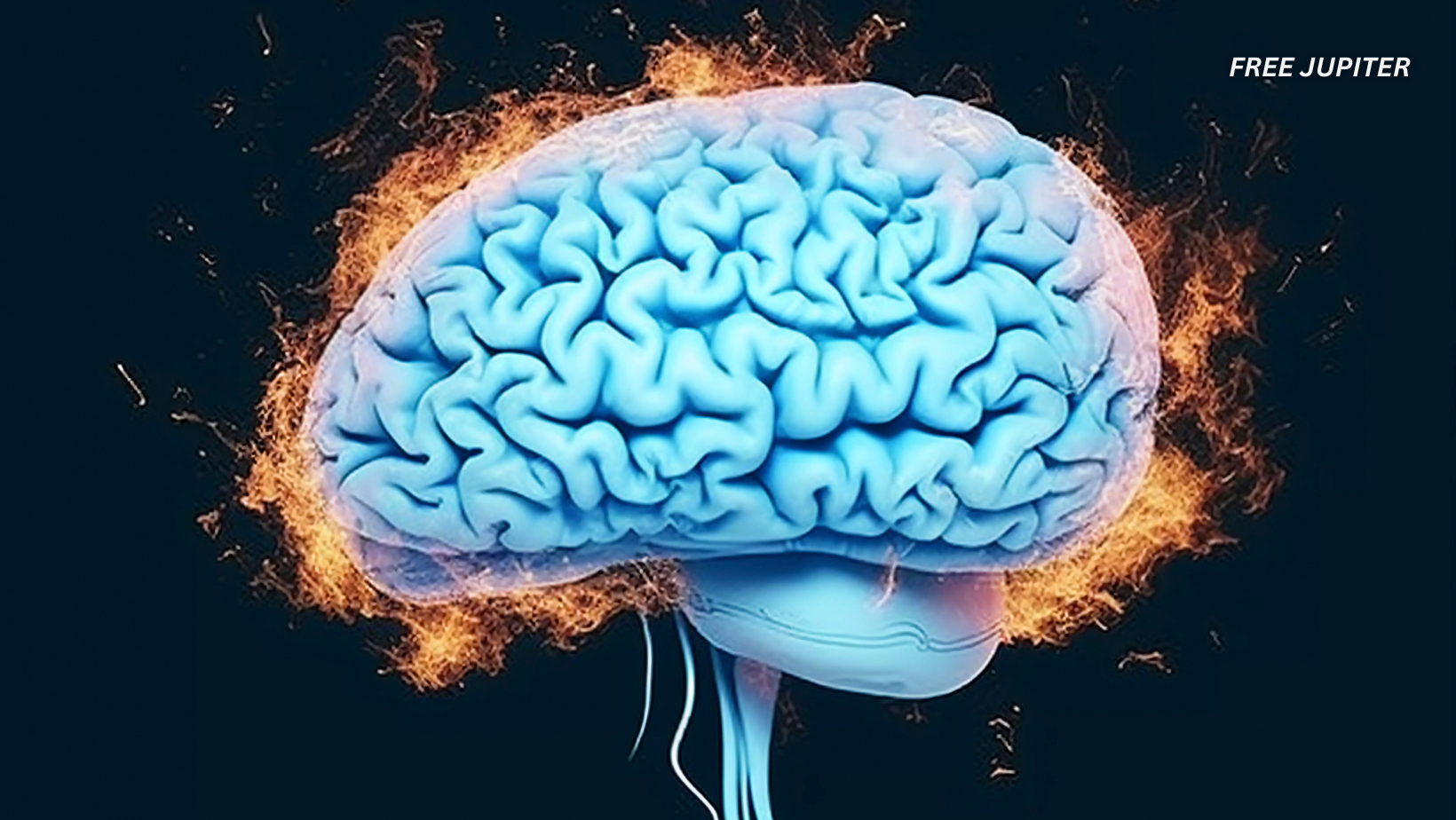
Have you ever walked away from a conversation thinking, “Something felt off,” but couldn’t quite put your finger on why? Or perhaps you sensed someone was sad—even though they kept insisting they were “fine”? As it turns out, your brain might be doing some behind-the-scenes emotional detective work that you’re not even consciously aware of.
According to a fascinating new brain-imaging study, even when we misread someone’s emotional state, our brains often still pick up on the real emotions they’re expressing. In other words, your brain might “know” how someone truly feels—even when you don’t.
It turns out our minds function like emotional tuning forks, picking up subtle signals and vibrations beneath the surface of everyday interaction. And the implications? They go far beyond just understanding someone better in a conversation—this research is reshaping how we think about empathy, emotional intelligence, and social connection.
Your Brain Tracks Emotional Truth—Even When You Miss It
When we try to understand someone’s feelings, we rely on many things: facial expressions, body language, tone of voice, and our own gut instinct. Without even realizing it, we make hundreds of micro-assessments in real-time. But what if your brain is picking up on something even more accurate than your conscious perceptions?
That’s exactly what researchers set out to examine using fMRI (functional magnetic resonance imaging)—a technology that reveals brain activity by tracking blood flow. In a study involving 100 participants, people were asked to watch video clips of individuals describing emotionally intense, personal moments—ranging from heartbreak and grief to joy, pride, and vulnerability. As they watched, participants continuously rated how intense they believed the speaker’s emotions were.
Here's the twist: the people in the videos had already rated their own emotional intensity during the recordings. This gave scientists a benchmark—a kind of emotional “ground truth” against which to compare the viewers’ perceptions.
What they discovered was remarkable. Even when viewers got the emotional rating wrong—either overestimating or underestimating—their brains were still reflecting signals that corresponded more closely with the speaker’s actual emotions, not just their own guess.
Two Parallel Emotional Stories in the Brain
The brain, it seems, is narrating two simultaneous stories when we observe someone’s emotional expression:
-
The Intent Story – This is the neural pattern that mirrors what the speaker was truly feeling—the emotional broadcast they were trying to send.
-
The Inference Story – This reflects the observer’s personal interpretation of how the speaker feels—the meaning they assigned to the emotional cues.
And here’s where it gets fascinating: these two patterns appeared in different regions of the brain and ran at the same time. Even when someone guessed incorrectly—say, thinking the speaker was angrier than they really were—the “intent” pattern still showed up in their brain scans.
It’s almost like your brain has a backup system—a hidden emotional radar quietly tuning into a deeper layer of communication, even when your conscious interpretation goes astray.
When the Two Stories Align, Empathy Deepens
So, what happens when both the intent and inference stories match up? That’s when true empathic accuracy occurs.
When brain patterns representing what someone feels are aligned with what someone thinks another person feels, something remarkable happens: emotional understanding becomes clearer and more accurate. This kind of alignment is the bedrock of authentic connection. It’s when we "get" someone—not just intellectually, but emotionally.
But when those patterns are misaligned, we misread people. We assume someone is indifferent when they’re just overwhelmed, or misinterpret grief as frustration. And this mismatch can create emotional distance, confusion, or even conflict.
Empathy, then, isn’t just a matter of being kind or attentive—it’s a neurological process with real stakes in how we relate to each other.
The Brain Areas at Work: Awareness, Simulation, and Self-Reflection
So where in the brain are these emotional blueprints located?
-
The “intent” signals were found in regions like the precuneus, angular gyrus, and anterior insula. These areas are known to play key roles in self-reflection, mentalizing (thinking about others’ thoughts), and social awareness.
-
The “inference” signals, on the other hand, lit up in areas associated with mental simulation and bodily awareness—the same areas we use to imagine what it would feel like to be in someone else’s shoes.
In essence, part of your brain becomes a mirror—re-creating the other person’s feelings using your own emotional memories, physical sensations, and internal emotional vocabulary.
This shows that empathy isn’t just about observing—it’s also about experiencing.
Why We Still Get It Wrong
With all this emotional brainpower, you might wonder: why do we still misinterpret people so often?
The answer lies in the disconnect between two systems:
-
The implicit system—automatic, fast, and unconscious. This system picks up subtle cues, like tone shifts or microexpressions, without effort.
-
The explicit system—deliberate, conscious, and shaped by reasoning, assumptions, and prior beliefs.
Sometimes, our conscious mind overrides what our brain has already detected. Maybe we misjudge someone because of our own mood, past experiences, or cultural assumptions. We see a smile and think they’re happy—but miss the forced tone or distant eyes.
This suggests that our implicit emotional system may be more accurate—but we don’t always listen to it.
What This Means for Mental Health and Connection
This research goes beyond casual conversation—it has serious implications for mental health.
Individuals with conditions like autism spectrum disorder, schizophrenia, or social anxiety often struggle with emotional interpretation. Their brains may still register subtle emotional cues—but the bridge between perception and interpretation may be weaker.
If we can find ways to help strengthen this connection—through training, therapy, or neurofeedback—we might offer new hope for people who struggle socially, helping them better connect with others in authentic, fulfilling ways.
Imagine teaching someone to trust the quiet emotional signals their brain is already receiving. That could radically transform how they experience relationships.
Why Real Stories Matter More Than Stock Emotions
Most previous emotion research used staged expressions—actors faking surprise, sadness, anger. These artificial displays, while useful for early research, don’t reflect the complexity of real-life emotions.
This new study broke ground by using unscripted stories from real people, reliving genuine emotional experiences. The result? More realistic emotional expressions—sometimes messy, contradictory, or subtle—just like in real life.
People don’t always cry when they’re sad. They might laugh nervously, go silent, or offer a tight smile. This kind of authenticity provided researchers with a more accurate look at emotional communication as it actually happens in the wild.
The Future of Empathy: Tuning into Both Signals
This research reframes empathy as more than just emotional kindness. It’s a biological skill, practiced and refined in the brain. And it reminds us that there are always two forces at work in emotional understanding:
-
What someone is truly feeling
-
What we believe they’re feeling
The better we can align those two, the deeper our empathy—and the healthier our relationships.
Looking ahead, scientists hope to explore how we might train people to improve this alignment. Could we learn to recognize our implicit emotional cues better? Could AI or neurofeedback tools help us fine-tune our emotional accuracy?
If so, we might not only improve personal empathy—but also foster more emotionally intelligent communities.
Final Thought: Trust the Quiet Knowing
There’s something both humbling and inspiring about knowing your brain may be more emotionally intelligent than your conscious mind. Even when you’re unsure, or feel like you misread someone, part of your brain might have been right all along.
We may not always get it right. But our brains were built for connection—for interpreting others, for feeling with them, for responding with care.
So the next time you feel something “off” in a conversation, don’t dismiss it. That quiet knowing might just be your most empathic self, tuning into the emotional truth.
After all, empathy isn’t just a soft skill—it’s a powerful, neurological superpower. And the more we understand it, the more we can use it to connect, heal, and grow—together.
News in the same category


Brittle Nails, Dry Hair? You’re Missing Out on These Vital Vitamins, Says Science!
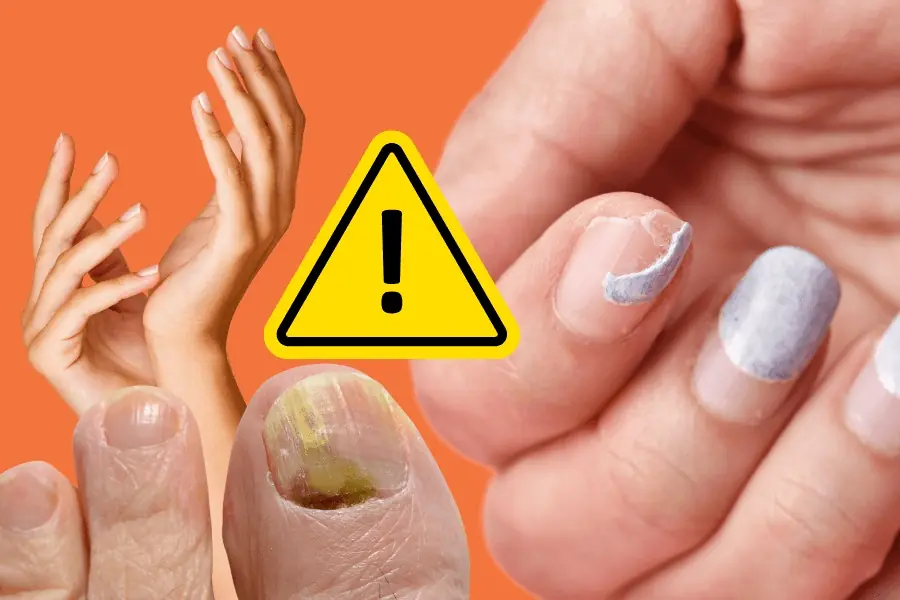
Experts Reveal 11 Hidden Health Warnings You Can Spot Just by Looking at Your Nails
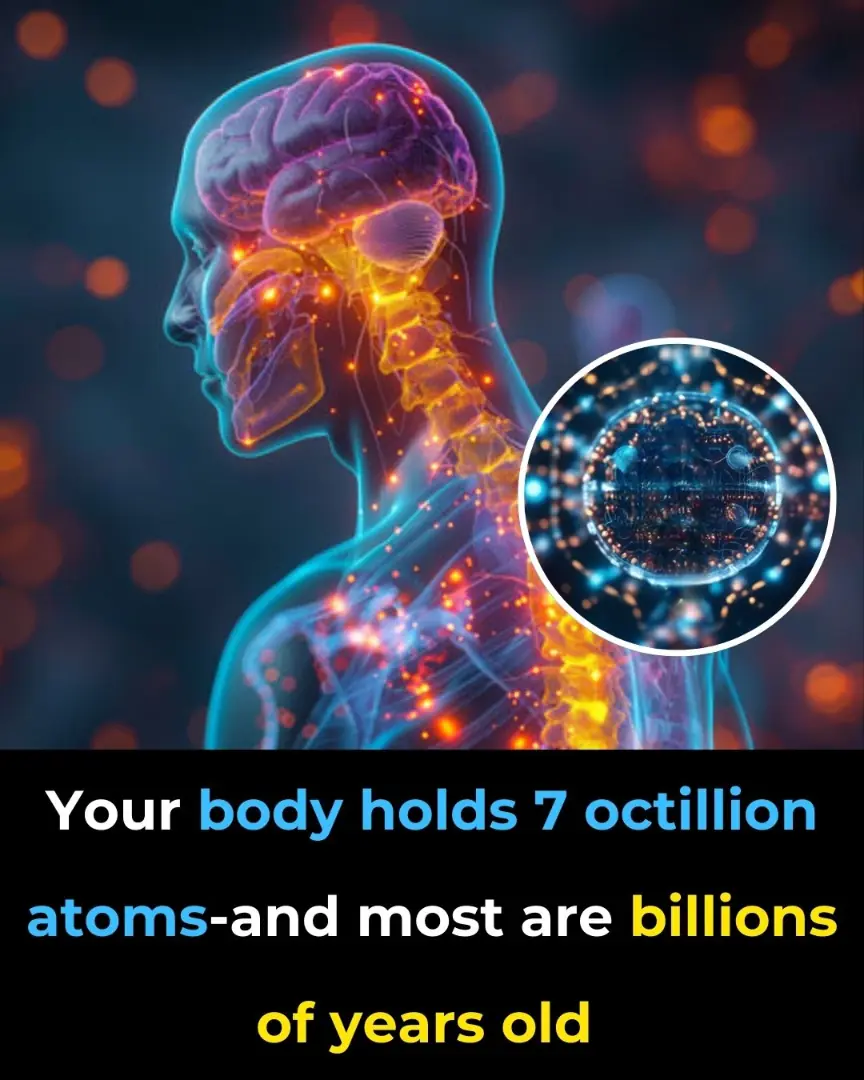
Your Body Holds 7 Octillion Atoms—And Most Are Billions of Years Old
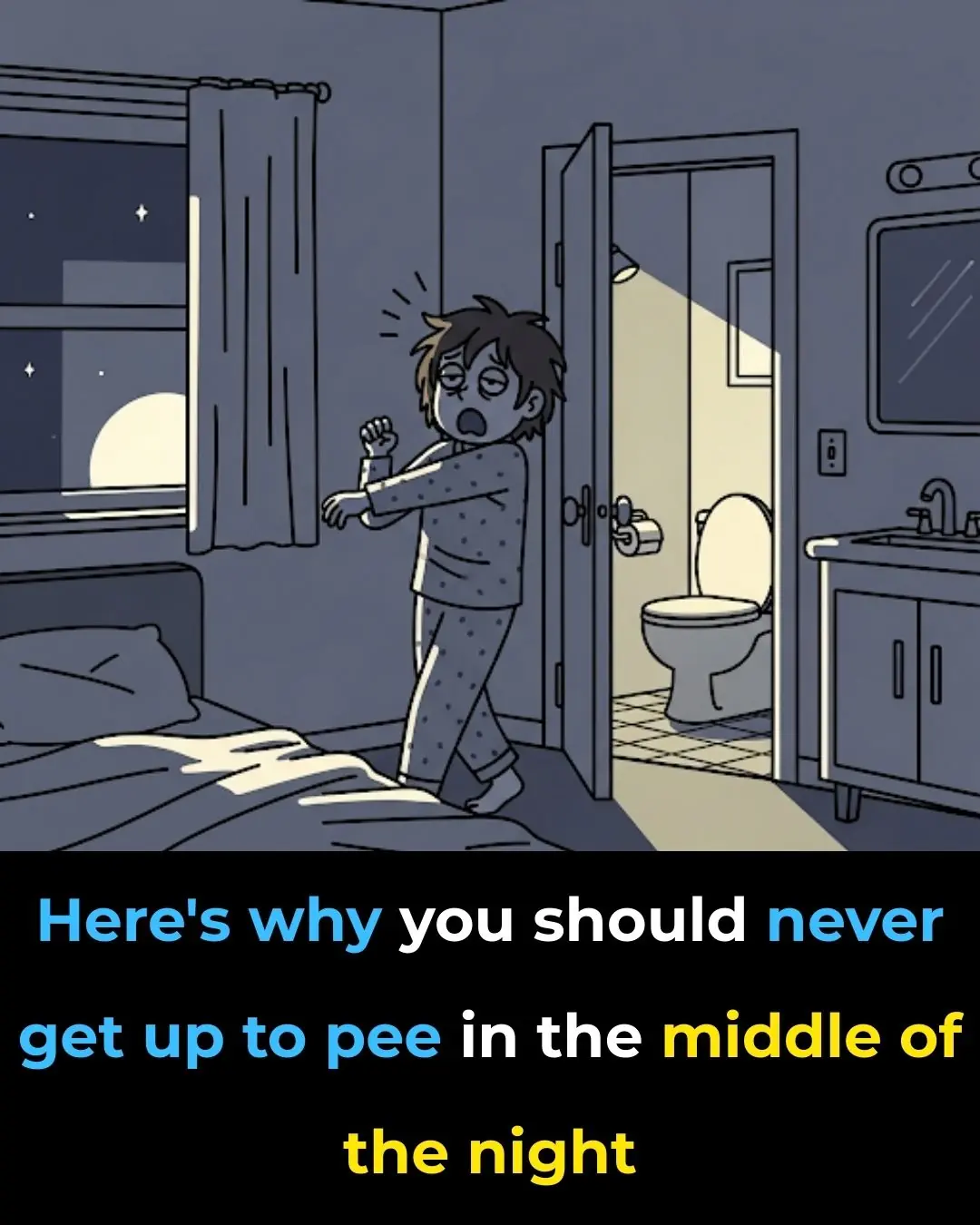
Why You Should Stop Waking Up to Urinate

Lithium Deficiency May Spur Alzheimer’s — and Guide Treatment

Hep B Transmitted by Shared Glucometers in Care Facility

8 Foods Scientists Say You Must Avoid for a Flat Stomach!

The First Warning Signs of Lung Disease That No One Talks About

Sip these 5 powerful drinks for stronger kidneys

1 cup to destroy inflammation, clear mucus & unclog sinus, chest, and lungs!

Red Spots on Skin: Causes, Treatments, and More (Extensive Guide)

7 Warning Signs You May Have Uterine Fibroids

Parasite Cleanses: Do They Really Improve Your Gut Health — and Are They Safe?

8 Teas to Drink for a Healthier Body and Mind
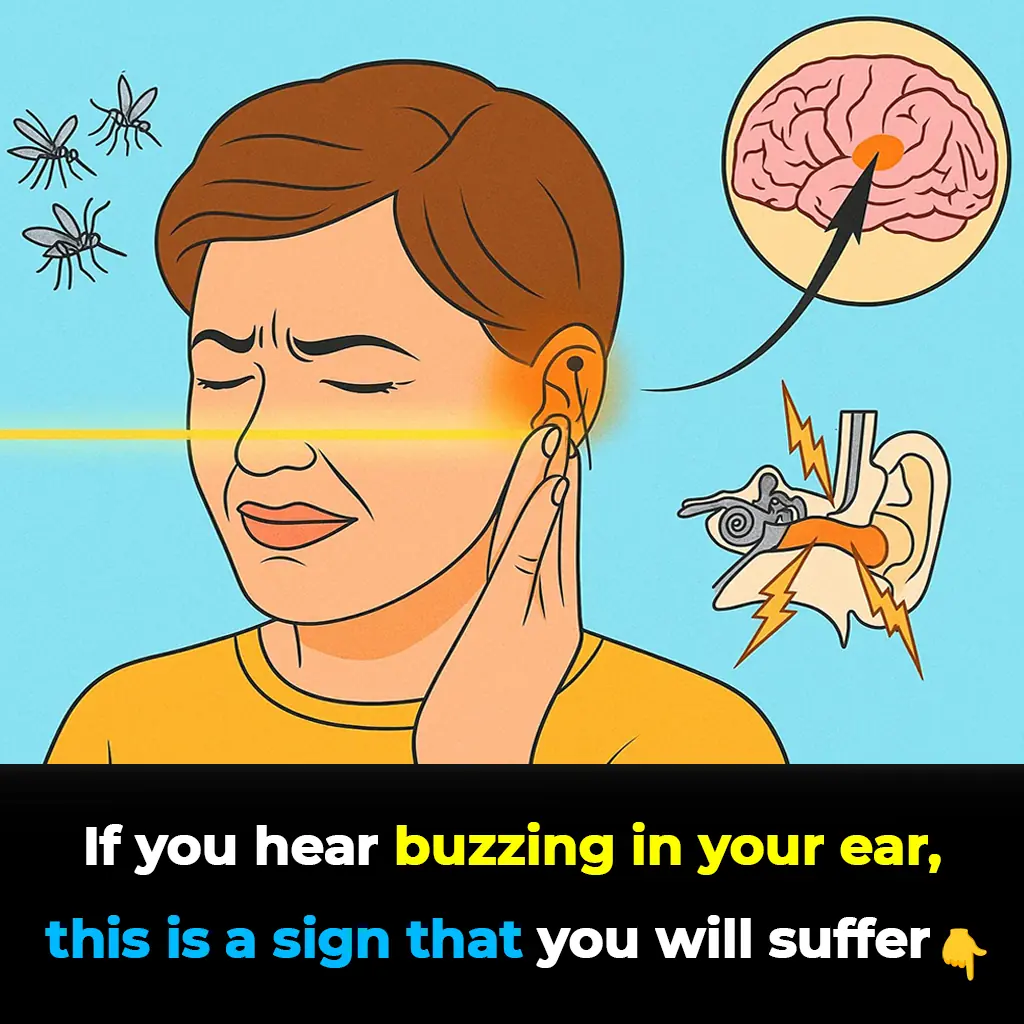
The Hidden Truth About Tinnitus: Why That Ringing in Your Ears Shouldn’t Be Ignored
Over time, repeated noise trauma damages tiny hair cells inside the cochlea, which cannot regenerate, resulting in permanent hearing changes and tinnitus.

DIY Turmeric & Ginger Shots to Fight Inflammation, Boost Immunity & Soothe Your Gut

Coconut water: Is It Good for You, Nutrition, Benefits, Side Effects (Science Based)

Clean Arteries: 10 Foods to Eat Daily
News Post

Dogs Can Tell If A Person Is Good Or Bad

Panic on P:0rnh:ub as adult site reports it's losing one million users every single day

Surprising Benefits of Sitting Facing Forward on the Toilet
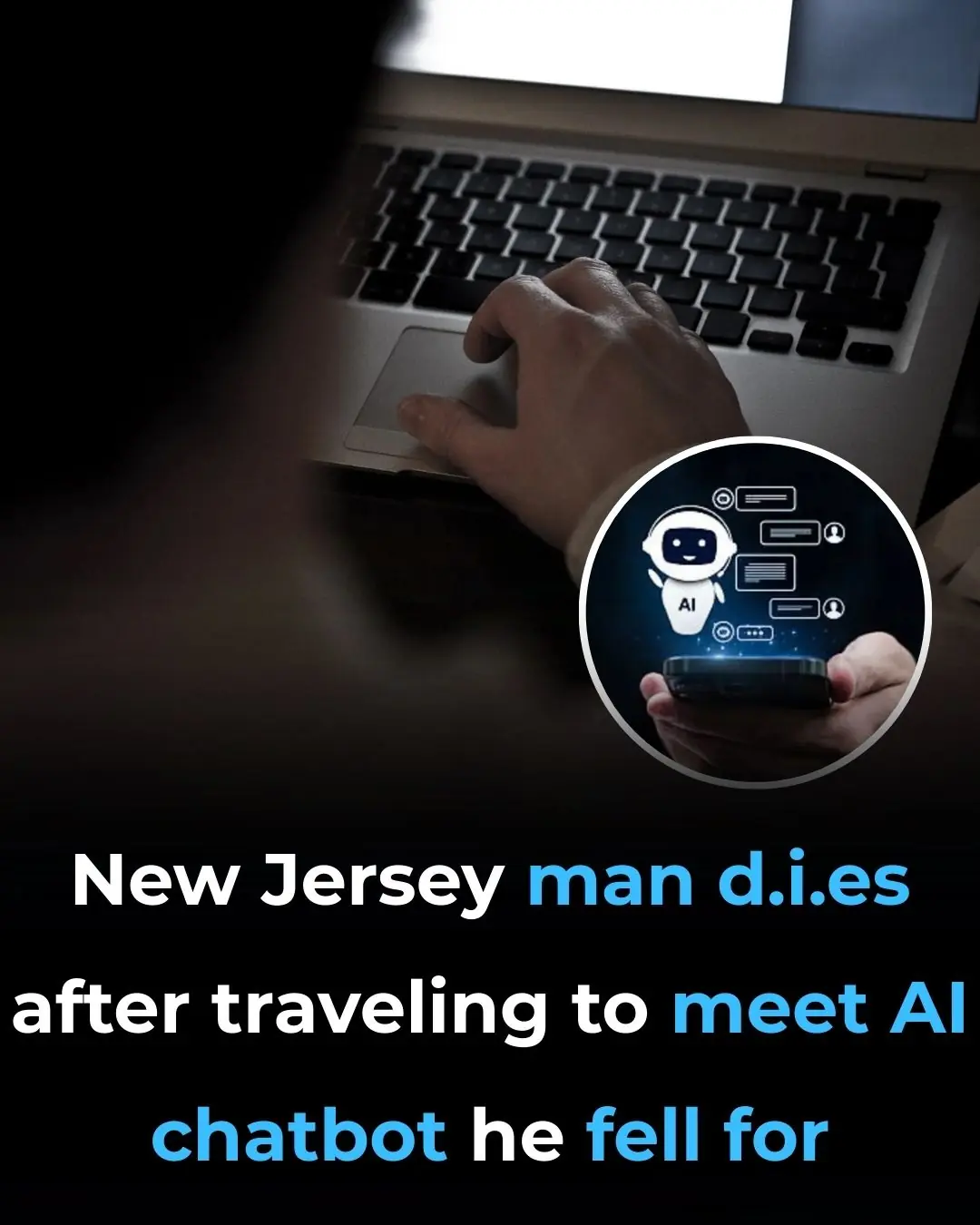
New Jersey man d:i:es while traveling to meet AI chatbot he fell for

Brittle Nails, Dry Hair? You’re Missing Out on These Vital Vitamins, Says Science!

Experts Reveal 11 Hidden Health Warnings You Can Spot Just by Looking at Your Nails

Your Body Holds 7 Octillion Atoms—And Most Are Billions of Years Old
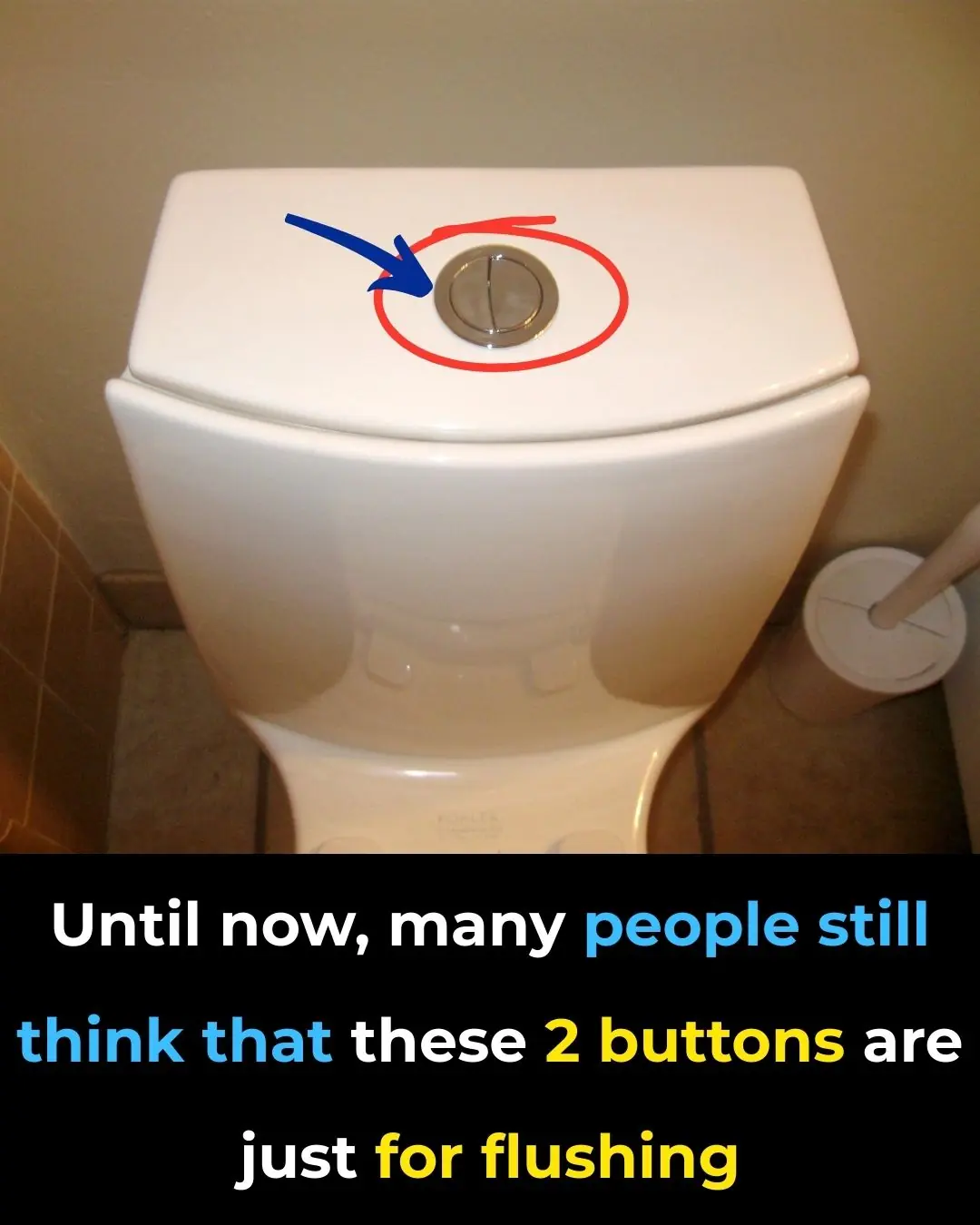
What’s the Purpose of Dual-Flush Toilet Buttons?

Why You Should Stop Waking Up to Urinate

Lithium Deficiency May Spur Alzheimer’s — and Guide Treatment

Hep B Transmitted by Shared Glucometers in Care Facility

Put Salted Lemon in the Room—The Surprising Benefits

On Humid Days, Walls Are Prone to Mold and Peeling—Do This Right Away to Improve the Situation

Every Home Refrigerator Always Has Two Problems—Throw Them Away as Soon as Possible to Prevent Future Bad Smells

Tips to Eliminate Unpleasant Odors in the Refrigerator—After One Night, the Unbearable Smell Will Completely Disappear

Tips for Cleaning an Air Fryer Without Scrubbing, Yet It Still Looks As Good As New

Pour a Little Fabric Softener into the Dishwashing Bowl, and Many Problems in the House Will Be Solved Instantly

Save Millions on Electricity Bills Every Year by Knowing How to Clean the Bottom of the Rice Cooker
